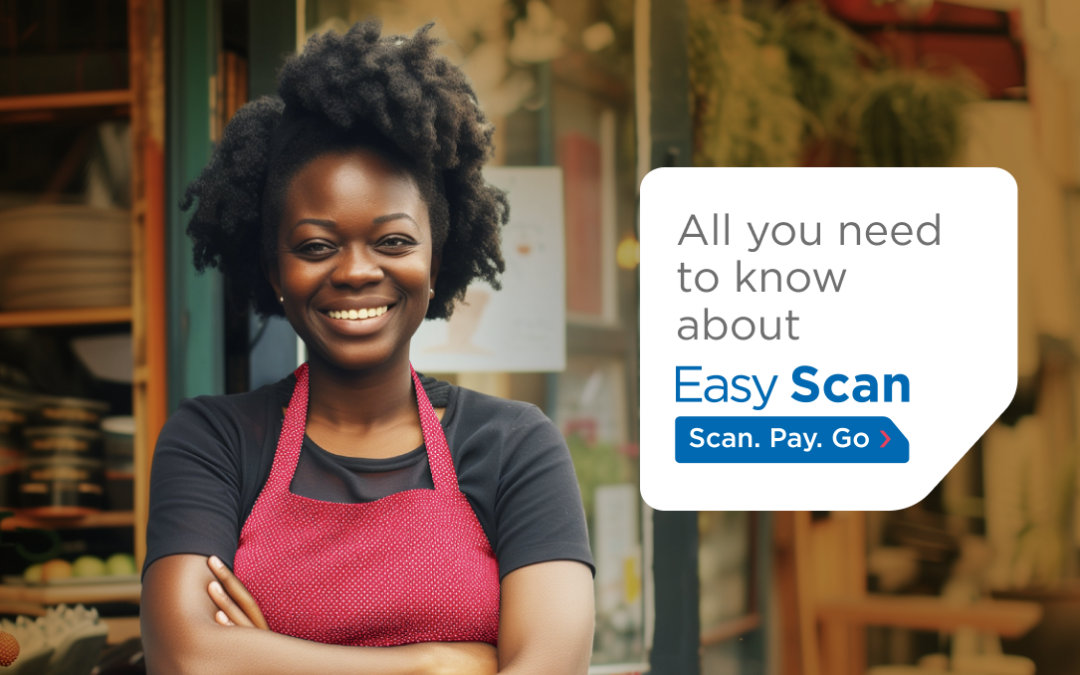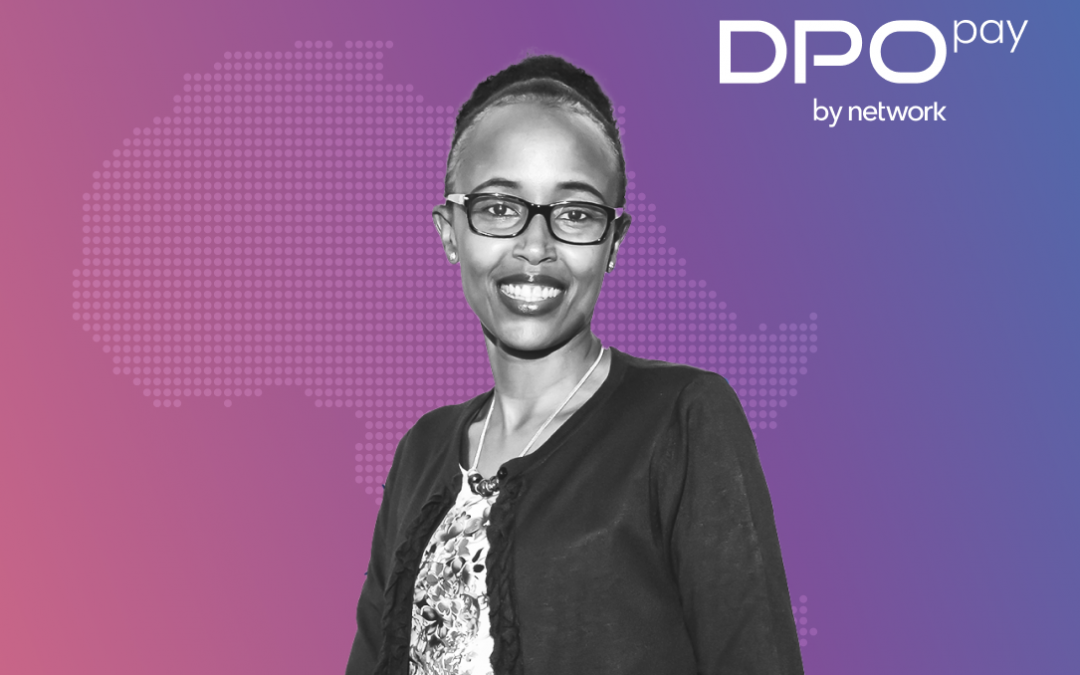Online and mobile payments, worldwide, have seen enormous changes, growth and maturity in the last decade. While these technological advancements have made paying for services and goods from the comfort of home (or from mobile phones) vastly more accessible and seamless for consumers in the western world, they are also filling a huge void that previously crippled the commerce and quality of life of many of those living in Africa. In East Africa, alone, up to 20% of the population has bank accounts, but a majority of the population has mobile phones that they use to buy goods and services and to pay their bills.
Mobile payments are not new. Kenya is virtually a cashless society, with 86% of households using mobile payments. Mobile and online payments mean that mobile network operators, financial institutions, tech firms, and governments have a cheaper alternative to traditional banking options, especially in regard to cross-border transactions. While Kenya leads the way forward in mobile and online payments in Africa — with Tanzania and Uganda following close behind —the gap between them is shrinking as payment service providers develop and test platforms and systems to make online transactions cheaper, easier, more convenient, and faster on a global scale
Let’s explore 6 of the worldwide payment developments that are trending this year:
Trend #1: NFC payments and mobile wallets
Also called contactless payment, a user waves a mobile phone with a Near Field Communication (NFC) chip in front of an NFC reader or touches another NFC-enabled phone to transfer money from the user’s mobile wallet, usually by means of an app. There are two kinds of NFC mobile wallets:
- Preloaded (the user added funds to the wallet)
- Pass-through (the wallet links to a bank account or a credit/debit/prepaid card)
Trend #2: Apple Pay
Apple Pay uses NFC payment technology and a chip called “the secure element” to encrypt and store the user’s payment data in Apple’s Passbook app — essentially a digital wallet for iPhone and Apple Watch. With the addition of a two-factor authentication process, including Apple Touch ID, users can replace their physical credit and debit cards with iPhone 6, iPhone 6 Plus, and Apple Watch. Using the Find My iPhone service, users can stop Apple Pay if the phone is lost or stolen.
Trend #3: Mobile money transfers
Mobile phone credits are already used as a means of settling bills, and a quarter of Kenya’s GNP flows through M-Pesa, the dominant mobile payment platform throughout much of East Africa.
Mobile money transfers make it possible for people to conduct business, pay loans, send money to family and friends, purchase goods – you name it! And all without the need for having a bank account or affiliation with any financial institution. In places like Africa, India and Romania, this answers a huge demand for alternative financial solutions. With mobile money transfers, more people can become better consumers, increase their quality of life, and drive the economy forward.
Trend #4: Google Wallet
Google Wallet is another digital wallet for mobiles and online. Currently, only a limited number of carriers support Google Wallet with mobile carrier billing, although Google, Visa and MasterCard have launched a host card emulation initiative to circumvent mobile phone’s secure element (encryption chip). Unlike Apple Pay, you can sign up for Google Wallet online, which is compatible with MasterCard’s PayPass system.
In February 2014, MasterCard and Equity Bank of Kenya partnered to rollout online payments through MasterCard debit and prepaid cards. Initially, the cards were available in Kenya, with Uganda, Tanzania, Rwanda and South Sudan to follow by mid-2016. African consumers can use electronic payments instead of cash and other forms of payment.
Trend #5: Social Media Money Transfers
Facebook has launched a program where users can send money to other Facebook users in the U.S., using its Messenger chat feature and the users’ linked debit cards to send and receive money directly from the users’ bank accounts. Chirpify uses social media apps such as Twitter and Instagram to buy, sell, send, and receive money using PayPal (but the receiving party pays a 5% transaction fee.)
In Africa, Mxit, a popular mobile social network, have launched a similar money transfer program to that of Facebook; Mxit users can deposit and withdraw cash and buy airtime and electricity using money from their Instant Money account via Mxit Money, a gateway for mobile payment services. Instant Money is an electronic currency from Standard Bank for person-to-person payments and for online payments without a credit card or bank account. Mxit Money is a gateway for mobile payment services that enables its users to transact using their mobile phones.
Trend #6: Ping Pay
India’s Axis Bank offers Ping Pay, which works on several social platforms—WhatsApp, Twitter, and even LinkedIn. Transmitted via social media platforms, the app uses two-factor authentication. The sender has a 6-digit security code and has to enter bank details, amount, payee, and a ping code for the payee. The receiving user gets a message and does the same. National Payments Corporation of India handles the actual money transfer, and there are daily transaction limits.
With the ever-increasing demand for cashless transactions across the globe, the options are multiplying at an astounding rate. As choices proliferate, more people in the entire world, but especially in Africa, can increase their participation in the global and their local economies, facilitating further development and preparing the world for the next phase in payment advancement.






